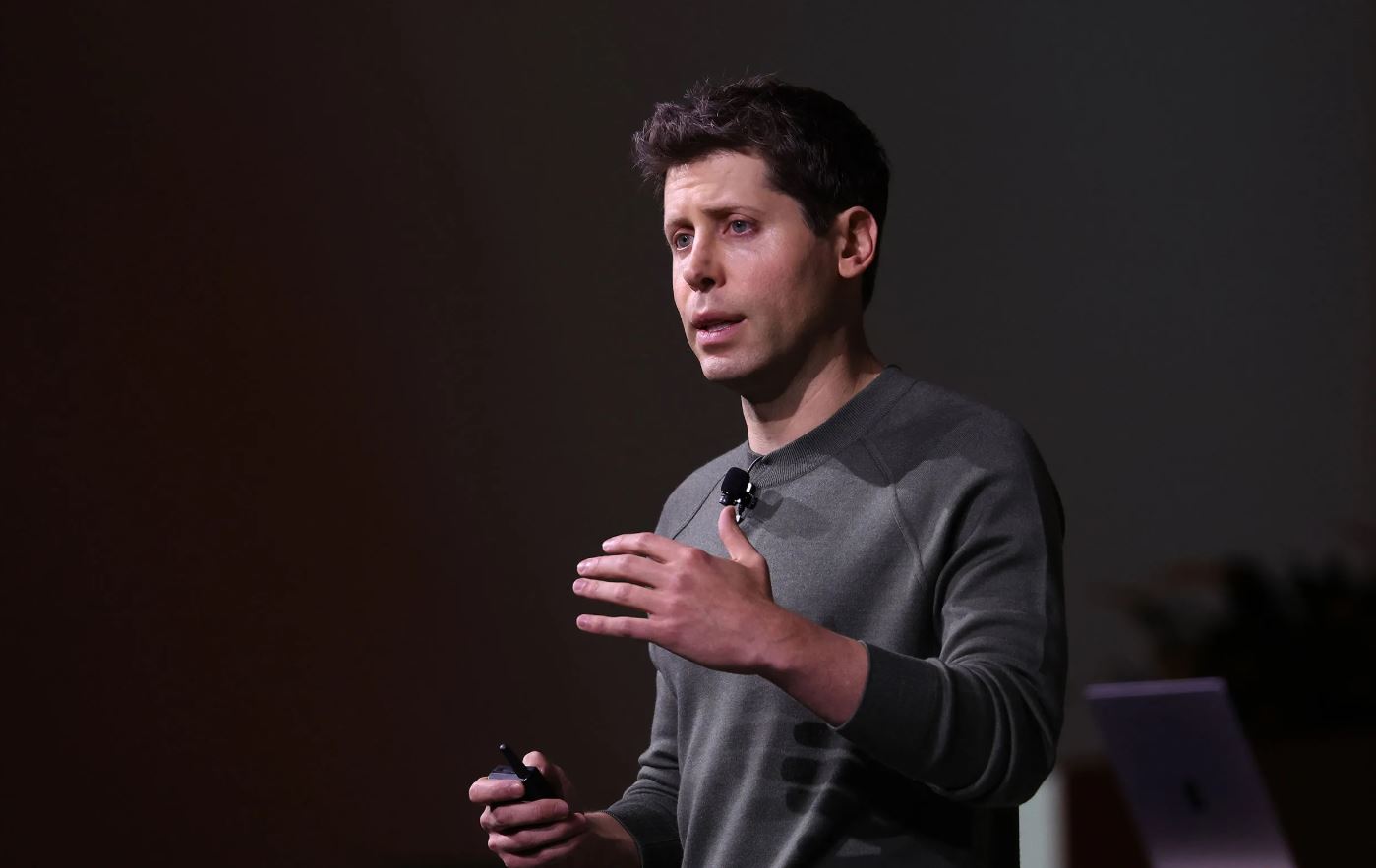 OpenAI’s new GPT-5 has sparked a wave of mixed reactions. While CEO Sam Altman is confident in its superior performance, many users still favour the older GPT-4o version. In response, OpenAI has brought back GPT-4o to meet ongoing demand.
OpenAI’s new GPT-5 has sparked a wave of mixed reactions. While CEO Sam Altman is confident in its superior performance, many users still favour the older GPT-4o version. In response, OpenAI has brought back GPT-4o to meet ongoing demand.
Altman explained that no single model can meet all needs. Instead, the focus is on giving you more control over the AI’s behaviour. For now, the priority is a smooth rollout of GPT-5 while the team works on enhancing its stability. Expect more personalised features in time, making the system even more engaging and user-friendly.
With capacity challenges on the horizon, OpenAI is busy optimising its infrastructure. The company is committed to clear, upfront communication about any compromises that might arise as usage scales. At the moment, GPT-5 is available to all subscribers—with some receiving higher usage limits and a smaller model stepping in once those limits are met.
Originally designed to enable smarter interactions, GPT-5 ran into early issues with its model switcher, which affected performance. OpenAI is now fine-tuning the decision logic to better match tasks with the correct model—a welcome move as API traffic has doubled in a short period.
The company is also updating its model routing strategy. Soon, you’ll be able to see which model is active and even manually enable a ‘Thinking’ mode. While these features aren’t live yet, they mark a shift away from fully automatic routing, which sometimes led to unreliable outputs. For fans of previous versions, GPT-4o remains on hand through legacy settings, though GPT-5’s advanced ‘Thinking’ and ‘Pro’ modes are reserved for Pro accounts.
If you’ve ever been frustrated by sudden changes in tech services, you’ll appreciate OpenAI’s commitment to incorporating user feedback. By balancing innovation with practicality, the company is charting a path that feels both forward-thinking and reassuring.








